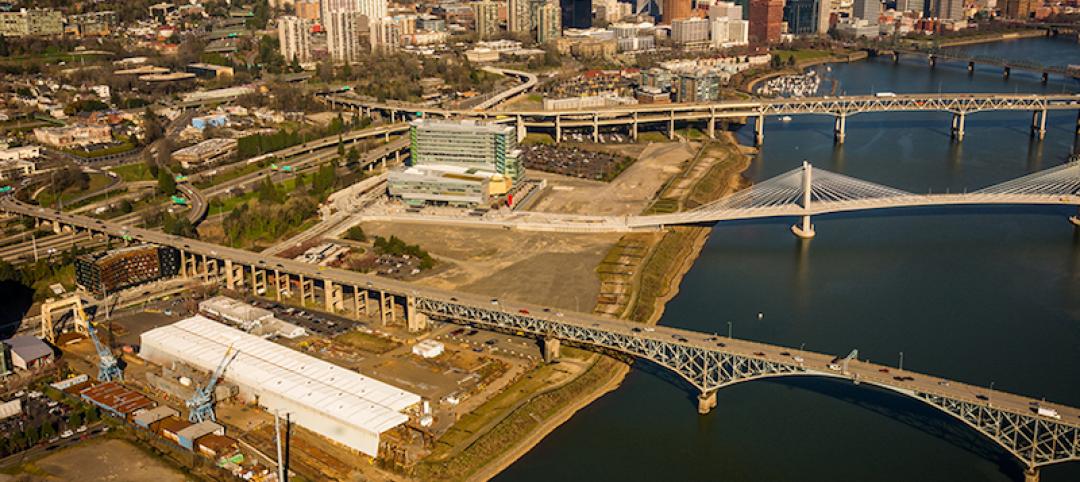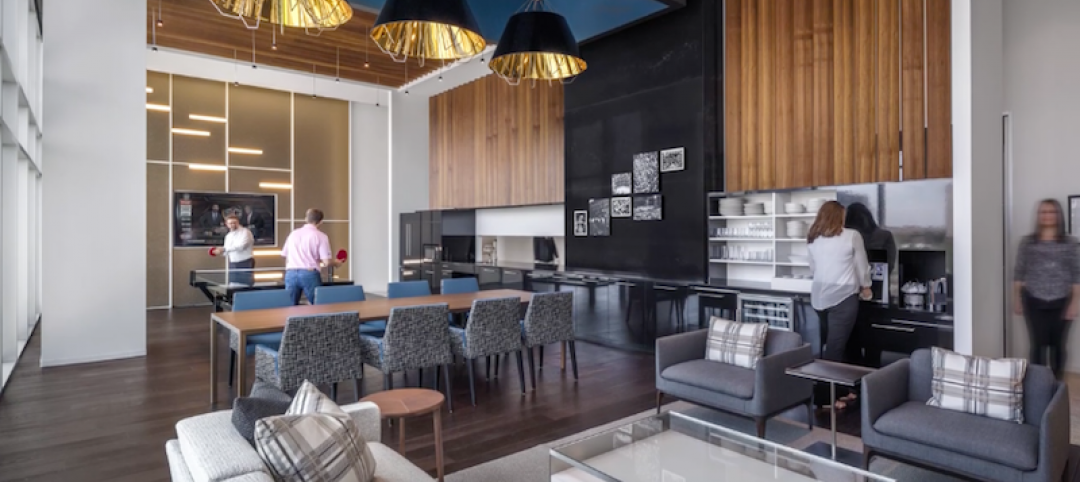C40 Reinventing Cities, a competition that is part of Milan’s strategic plan to transform underused railway areas on the site of a former freight terminal, recently selected L’INNESTO as its winning project.
The L’INNESTO project area spans 62,000 sm and comprises three parts: the former railway station next to the Greco-Pirelli station, a green area on Via Breda Street, and an abandoned track overlooking the west of theBicocca district.
Upon completion, L’INNESTO will be Italy’s first carbon-neutral social housing project. The project will use a fourth generation district heating system connected to the neighborhood and powered by on-site renewable sources. With a target of 60% green space, L’INNESTO will limit space for cars and prioritize bike parking, electric car charging terminals, and a shared neighborhood car fleet. The design also includes a Human Adaptive Zone, a collaborative neighborhood with an agricultural heart. Rainwater will be 100% reused, which will save 30% on drinking water consumption. 15% of wastewater is treated directly on site.

The project’s CO2 balance sheet takes into account the construction and the following 30 years of management. L’INNESTO has been designed to achieve a zero balance throughout its life cycle.
The project was proposed by a team including: Fondo Immobiliare Lombardia, InvestiRE SGR (manager), Barreca & La Varra (architect and landscape design), Arup Italia (urban and environmental design), and Stantec (site remediation, wastewater and rainwater management).
Related Stories
Green | Apr 14, 2017
Sunqiao looks to bring agriculture back to Shanghai’s urban landscape
Vertical farms will bring new farmable space to the city.
Sustainability | Apr 13, 2017
How to make a concrete bunker livable
SOM’s design for New York’s second Public Safety Answering Center leans on strategically placed windows and the outdoor environment.
Green | Apr 11, 2017
Passivhaus for high-rises? Research demonstrates viability of the stringent standards for tall residential buildings
A new study conducted by FXFOWLE shows that Building Teams can meet stringent Passivhaus performance standards with minimal impact to first cost and aesthetics.
Codes and Standards | Apr 6, 2017
Product-specific EPDs seen as key aid to earning green building credits
The product-specific EPDs allow designers to more quickly earn a LEED v4 credit in the Materials & Resources category.
Sustainability | Apr 4, 2017
Six connected CLT towers create an urban forest in India
The mixed-use towers would each rise 36 stories into the sky and connect via rooftop skybridges.
Urban Planning | Apr 3, 2017
Capturing the waterfront draw
People seem to experience a gravitation toward the water’s edge acutely and we traverse concrete and asphalt just to gaze out over an open expanse or to dip our toes in the blue stuff.
Mixed-Use | Mar 27, 2017
The Plant brings terrace-to-table living to Toronto
Curated Properties and Windmill Developments have teamed up to create a mixed-use building with food as the crux of the project.
Sustainability | Feb 28, 2017
Workplace wellbeing
Organizations are starting to realize that there are benefits to addressing employee wellbeing.
Sustainability | Feb 20, 2017
‘Forest cities’ could help solve China’s air pollution problem
The architect behind China’s first vertical forest skyscraper has bigger plans for entire cities filled with vertical forests.
Green | Feb 6, 2017
A to Z: Seoul’s elevated park features 24,000 alphabetized plants
The plants will represent 250 species found in South Korea.

















